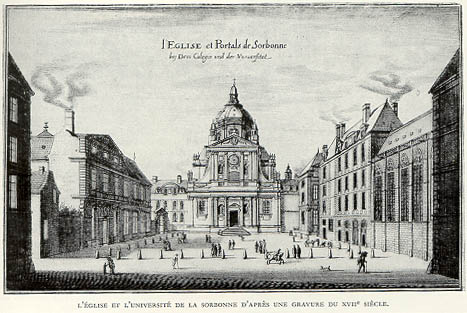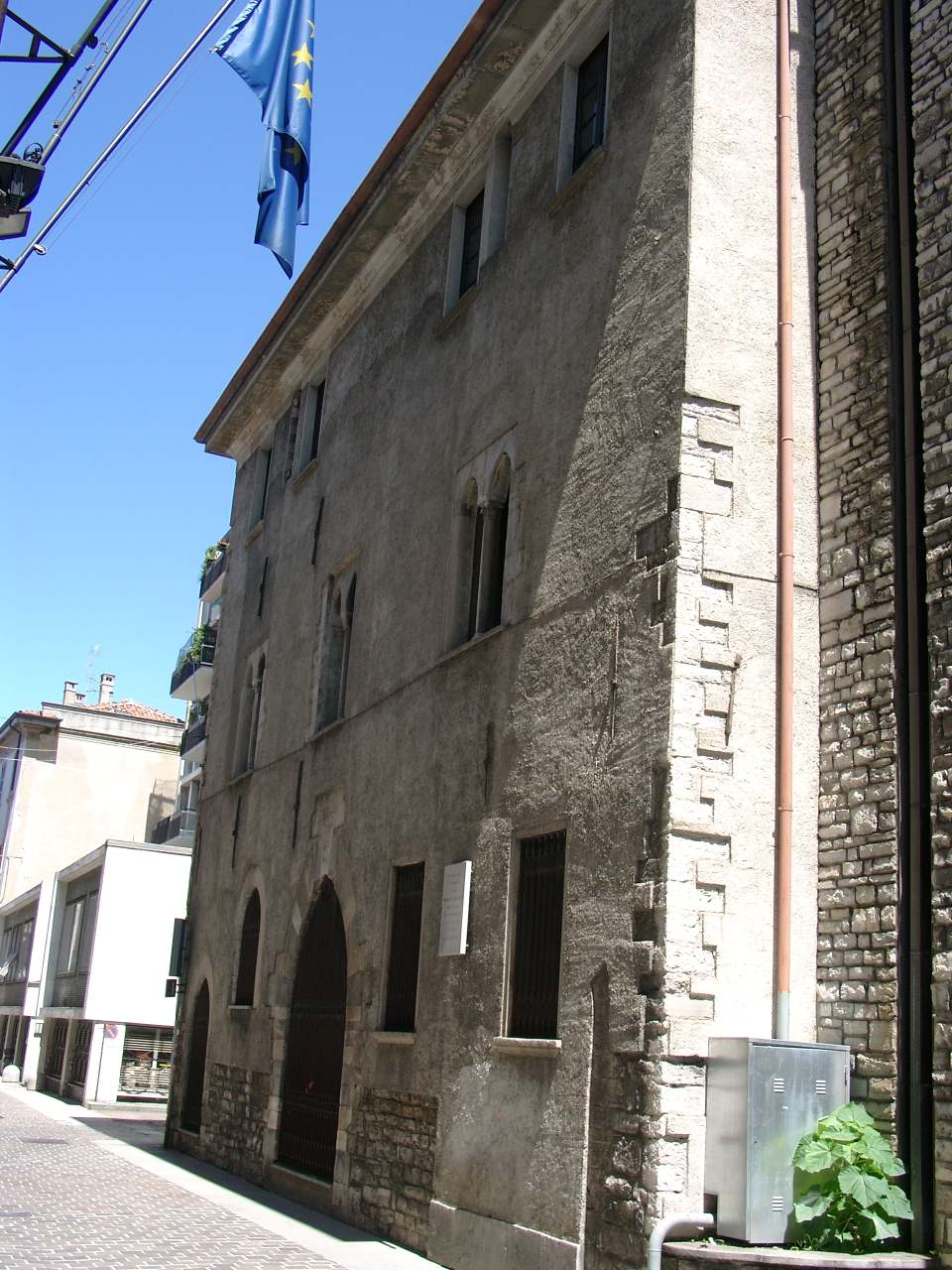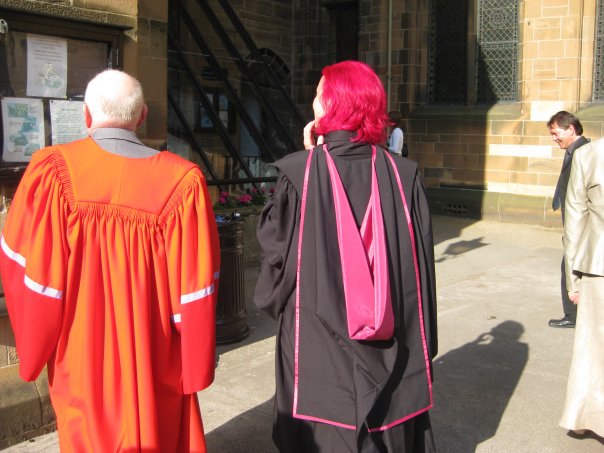|
Louis-Antoine, Cardinal De Noailles
Louis Antoine de Noailles, ''Cardinal de Noailles'' (27 May 16514 May 1729), second son of Anne de Noailles, 1st Duke of Noailles, was a French bishop and cardinal. His signing of the Unigenitus bull in 1728 would end the formal Jansenist controversy. Biography Louis-Antoine de Noailles was born at the Château of Teyssiére in Auvergne, France, on 27 May 1651 to Anne, 1st duc de Noailles and captain- general of Roussillon, and his wife, Louise Boyer, a former lady-in-waiting to Queen Anne of Austria.Dégert, Antoine. "Louis-Antoine de Noailles." The Catholic Encyclopedia Vol. 11. New York: Robert Appleton Company, 1911. 3 June 2017 Noailles received his i ... [...More Info...] [...Related Items...] OR: [Wikipedia] [Google] [Baidu] |
His Eminence
His Eminence (abbreviation H.Em. or HE) is a style (manner of address), style of reference for high nobility, still in use in various religious contexts. Catholicism The style remains in use as the official style or standard form of address in reference to a cardinal (Catholicism), cardinal of the Catholic Church, reflecting his status as a Prince of the Church. A longer, and more formal, title is "His [or Your when addressing the cardinal directly] Most Reverend Eminence". Patriarchs of Eastern Catholic Churches who are also cardinals may be addressed as "His Eminence" or by the style particular to Catholic patriarchs, His Beatitude. When the Grand master (order), Grand Master of the Sovereign Military Order of Malta, the head of state of their sovereign territorial state comprising the island of Malta until 1797, who had already been made a Reichsfürst (i.e., prince of the Holy Roman Empire) in 1607, became (in terms of honorary order of precedence, not in the actual churc ... [...More Info...] [...Related Items...] OR: [Wikipedia] [Google] [Baidu] |
College Of Sorbonne
The College of Sorbonne () was a theological college of the University of Paris, founded in 1253 (confirmed in 1257) by Robert de Sorbon (1201–1274), after whom it was named. The Sorbonne was disestablished by decree of 5 April 1792, after the French Revolution, along with the other Paris colleges. It was restored in 1808, then closed finally in 1882. In recent times the name "Sorbonne" came to refer to the group of liberal arts faculties of the University of Paris, in contrast to the vocational faculties of law and medicine. "Sorbonne" is also used to refer to the main building of the University of Paris in the 5th arrondissement of Paris, which houses several faculties created when the University was divided into thirteen autonomous universities in 1970. Overview Robert de Sorbon was the son of peasants from the village of Sorbon in the Ardennes, who became a master of theology, a canon of the Cathedral of Notre Dame de Paris, and the confessor and chaplain of King ... [...More Info...] [...Related Items...] OR: [Wikipedia] [Google] [Baidu] |
Diocese Of Châlons-sur-Marne
In church governance, a diocese or bishopric is the ecclesiastical district under the jurisdiction of a bishop. History In the later organization of the Roman Empire, the increasingly subdivided provinces were administratively associated in a larger unit, the diocese (Latin ''dioecesis'', from the Greek term διοίκησις, meaning "administration"). Christianity was given legal status in 313 with the Edict of Milan. Churches began to organize themselves into dioceses based on the civil dioceses, not on the larger regional imperial districts. These dioceses were often smaller than the provinces. Christianity was declared the Empire's official religion by Theodosius I in 380. Constantine I in 318 gave litigants the right to have court cases transferred from the civil courts to the bishops. This situation must have hardly survived Julian, 361–363. Episcopal courts are not heard of again in the East until 398 and in the West in 408. The quality of these courts wa ... [...More Info...] [...Related Items...] OR: [Wikipedia] [Google] [Baidu] |
Pope Innocent XI
Pope Innocent XI (; ; 16 May 1611 – 12 August 1689), born Benedetto Odescalchi, was head of the Catholic Church and ruler of the Papal States from 21 September 1676 until his death on 12 August 1689. Political and religious tensions with Louis XIV of France were a constant preoccupation for Innocent XI. Within the Papal States, he lowered taxes, produced a surplus in the papal budget and repudiated nepotism within the Church. Innocent XI was frugal in his governance of the Papal States, his methods evident in matters ranging from his manner of dress to a wide range of standards of personal behavior consistent with his conception of Christian values. Once he was elected to the papacy, he applied himself to moral and administrative reform of the Roman Curia. He abolished sinecures and pushed for greater simplicity in preaching as well as greater reverence in worship, requesting this of both the clergy and faithful. In consideration of his diplomatic and financial support for ... [...More Info...] [...Related Items...] OR: [Wikipedia] [Google] [Baidu] |
Bishop Of Cahors
The Diocese of Cahors (Latin: ''Dioecesis Cadurcensis''; French: ''Diocèse de Cahors'') is a Latin Church diocese of the Catholic Church in France. The diocese comprises the whole of the department of Lot. In the beginning it was a suffragan of the Archdiocese of Bourges, and later, from 1676 to the time of the French Revolution, it was a suffragan of the Archdiocese of Albi. From 1802 to 1822 Cahors was under the Archbishop of Toulouse, and combined the former Diocese of Rodez with a great part of the former Diocese of Vabres and the Diocese of Montauban. However, in 1822 it was restored almost to its pristine limits and again made suffragan to Albi. In the Diocese of Cahors in 2023 there was one priest for every 3,407 Catholics. History According to a tradition connected with the legend of St. Martial, this saint, deputed by St. Peter, came to Cahors in the first century and there dedicated a church to St. Stephen, while his disciple, St. Amadour (Amator), the Za ... [...More Info...] [...Related Items...] OR: [Wikipedia] [Google] [Baidu] |
Collège De Sorbonne
The College of Sorbonne () was a theological college of the University of Paris, founded in 1253 (confirmed in 1257) by Robert de Sorbon (1201–1274), after whom it was named. The Sorbonne was disestablished by decree of 5 April 1792, after the French Revolution, along with the other Paris colleges. It was restored in 1808, then closed finally in 1882. In recent times the name "Sorbonne" came to refer to the group of liberal arts faculties of the University of Paris, in contrast to the vocational faculties of law and medicine. "Sorbonne" is also used to refer to the main building of the University of Paris in the 5th arrondissement of Paris, which houses several faculties created when the University was divided into thirteen autonomous universities in 1970. Overview Robert de Sorbon was the son of peasants from the village of Sorbon in the Ardennes, who became a master of theology, a canon of the Cathedral of Notre Dame de Paris, and the confessor and chaplain of King ... [...More Info...] [...Related Items...] OR: [Wikipedia] [Google] [Baidu] |
Theology
Theology is the study of religious belief from a Religion, religious perspective, with a focus on the nature of divinity. It is taught as an Discipline (academia), academic discipline, typically in universities and seminaries. It occupies itself with the unique content of analyzing the supernatural, but also deals with religious epistemology, asks and seeks to answer the question of revelation. Revelation pertains to the acceptance of God, gods, or deity, deities, as not only transcendent or above the natural world, but also willing and able to interact with the natural world and to reveal themselves to humankind. Theologians use various forms of analysis and argument (Spirituality, experiential, philosophy, philosophical, ethnography, ethnographic, history, historical, and others) to help understanding, understand, explanation, explain, test, critique, defend or promote any myriad of List of religious topics, religious topics. As in philosophy of ethics and case law, arguments ... [...More Info...] [...Related Items...] OR: [Wikipedia] [Google] [Baidu] |
Doctorate
A doctorate (from Latin ''doctor'', meaning "teacher") or doctoral degree is a postgraduate academic degree awarded by universities and some other educational institutions, derived from the ancient formalism '' licentia docendi'' ("licence to teach"). In most countries, a research degree qualifies the holder to teach at university level in the degree's field or work in a specific profession. There are a number of doctoral degrees; the most common is the Doctor of Philosophy (PhD), awarded in many different fields, ranging from the humanities to scientific disciplines. Many universities also award honorary doctorates to individuals deemed worthy of special recognition, either for scholarly work or other contributions to the university or society. History Middle Ages The term ''doctor'' derives from Latin, meaning "teacher" or "instructor". The doctorate (Latin: ''doctoratus'') appeared in medieval Europe as a license to teach Latin (''licentia docendi'') at a university. Its ... [...More Info...] [...Related Items...] OR: [Wikipedia] [Google] [Baidu] |
Anne Of Austria
Anne of Austria (; ; born Ana María Mauricia; 22 September 1601 – 20 January 1666) was Queen of France from 1615 to 1643 by marriage to King Louis XIII. She was also Queen of Navarre until the kingdom's annexation into the French crown in 1620. After her husband's death, Anne was regent to her son Louis XIV during his minority until 1651. Anne was born in Valladolid to King Philip III of Spain and Margaret of Austria, Queen of Spain, Margaret of Austria. She was betrothed to King Louis XIII of France in 1612 and they married three years later. The two had a difficult marital relationship, exacerbated by her miscarriages and the anti-House of Habsburg, Habsburg stance of Louis' first minister, Cardinal Richelieu. Despite a climate of distrust amidst the Franco-Spanish War (1635–1659), Franco-Spanish War and twenty-three years of childlessness in which she suffered five miscarriages, Anne gave birth to an heir, Louis, in 1638 and a second son, Philippe I, Duke of Orléan ... [...More Info...] [...Related Items...] OR: [Wikipedia] [Google] [Baidu] |
Jansenist
Jansenism was a 17th- and 18th-century theological movement within Roman Catholicism, primarily active in France, which arose as an attempt to reconcile the theological concepts of free will and divine grace in response to certain developments in the Catholic Church, but later developed political and philosophical aspects in opposition to royal absolutism. It was based on the ideas of Cornelius Jansen, (1585-1638), a Dutch bishop, and his book '' Augustinus''. Jansenists believed that God’s grace was the only way to salvation and that human free will had no role. Jansenists provoked lively debates, particularly in France, where five propositions, including the doctrines of limited atonement and irresistible grace, were extracted from the work and declared heretical by theologians hostile to Jansen. In 1653, Pope Innocent X condemned five ideas from Jansenism in the apostolic constitution '' Cum occasione''. Although Jansenists had some protection under Clement XI, they ... [...More Info...] [...Related Items...] OR: [Wikipedia] [Google] [Baidu] |
Unigenitus
''Unigenitus'' (named for its Latin opening words ''Unigenitus Dei Filius'', or "Only-begotten Son of God") is an apostolic constitution in the form of a papal bull promulgated by Pope Clement XI in 1713. It opened the final phase of the Jansenist controversy in France. ''Unigenitus'' censured 101 propositions of Pasquier Quesnel as: Background In 1671, Pasquier Quesnel had published a book entitled ''Abrégé de la morale de l'Evangile'' ("Morality of the Gospel, Abridged"). It contained the four Gospels in French, with short explanatory notes, serving as aids for meditation. The work was approved by the Bishop of Châlons-sur-Marne. Enlarged editions followed, containing an annotated French text of the complete New Testament, in 1678 and 1693–1694. This last edition was highly recommended by the new Bishop of Châlons, Louis Antoine de Noailles. While the first edition of the work contained only a few Jansenist points, its tendency became more apparent in the second ... [...More Info...] [...Related Items...] OR: [Wikipedia] [Google] [Baidu] |
Cardinal (Catholicism)
A cardinal is a senior member of the clergy of the Catholic Church. As titular members of the clergy of the Diocese of Rome, they serve as advisors to the pope, who is the bishop of Rome and the Head of the Church#Catholic Church, visible head of the worldwide Catholic Church. Cardinals are chosen and formally created by the pope, and typically hold the title for life. Collectively, they constitute the College of Cardinals. The most solemn responsibility of the cardinals is to elect a new pope in a Papal conclave, conclave, almost always from among themselves, with a few historical exceptions, when the Holy See is Sede vacante#Vacancy of the Holy See, vacant. During the period between a pope's death or resignation and the election of his successor, the day-to-day governance of the Holy See is in the hands of the College of Cardinals. The right to participate in a conclave is limited to cardinals who have not reached the age of 80 years by the day the vacancy occurs. With the pope ... [...More Info...] [...Related Items...] OR: [Wikipedia] [Google] [Baidu] |








